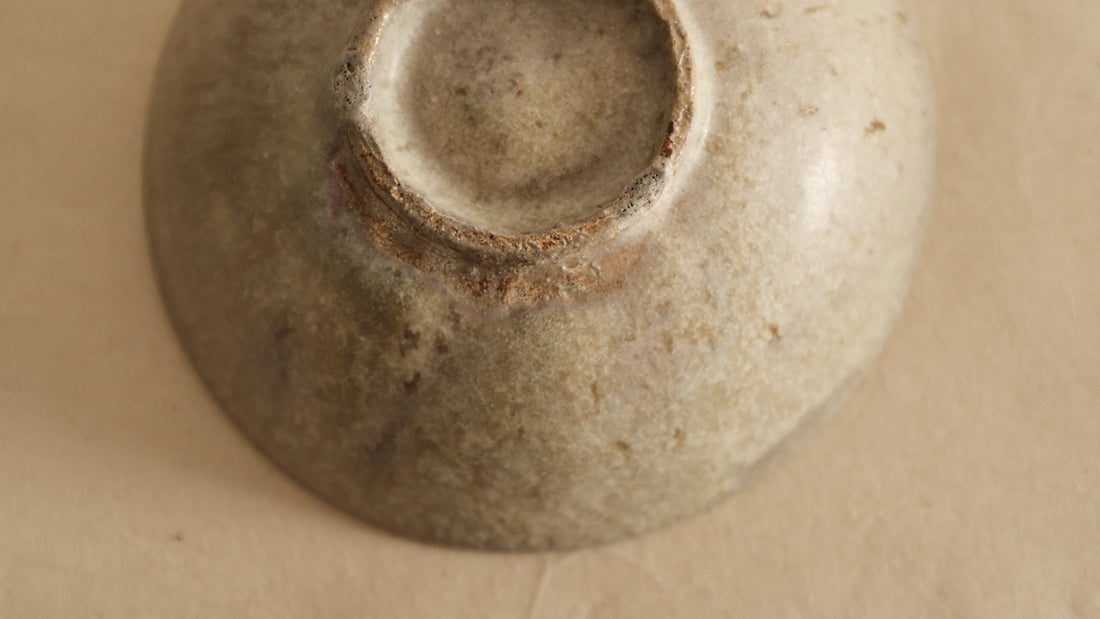
The Artisan's Vessel: How It Differs from Traditional Tableware
Share

In the pottery world, the term artist refers to someone who both creates and handcrafts ceramic works—a maker deeply engaged in the art of shaping clay into life.
On the market today, tableware generally falls into three categories:
1. Artist-made pieces, created individually and with intention.
2. Craftsman-made pieces, produced in a streamlined sequence.
3. Factory-made pieces, mass-produced for uniformity.
While these categories are often lumped together, the philosophy and process behind each are vastly different.
Tableware made by craftsmen or in factories is usually identical in quality and size. Every piece mirrors the next, as though stamped from the same mold. In contrast, tableware made by artists follows a different principle: the same style, yet each with its own unique texture.
The Same Style, Different Soul

Imagine three hand-held cups made by the same artist on the same day, following the same design and specifications. At first glance, they share the same form. But look closer—subtle variations appear: a slightly taller body, a gentler curve at the lip, a different way the glaze pools and flows. Each bears handmade traces, small signatures of its making.
Even when the style is consistent, these variations give each piece a distinct breath of life. For the artist, tableware is not just an object, but an expression of their inner world. A shift in mood, a fleeting thought, or a moment’s hesitation can all leave their mark in the clay, giving the work its own quiet sense of existence.
This living quality is absent from industrial products. As one elder in the pottery world once remarked:
“Nowadays, tableware doesn’t really speak much. In the past, it spoke often—laughing while being angry, each piece declared its stance.”
The Quiet Stance of Handmade Work

Artists infuse their “stance” into each piece, which then sits silently, almost as if speaking to itself. Simply looking at such work can bring a sense of freedom, of quiet liberation, of breathing a little deeper.
In a world saturated with perfectly aligned, neatly arranged industrial designs, something essential often feels missing. What truly warms and moves us may be the unpolished, unadorned beauty—like gazing at mountains and seas, where nature’s irregularities touch the heart more than perfection ever could.
“Although this plate is twisted, I still think it’s good.”
“The diameters and colours of these bowls vary, yet I still love to look at them."
Such differences are not flaws—they are the vessel’s quiet declaration of self. May you also feel this incessant stance—the unyielding, breathing presence—in handmade tableware.
